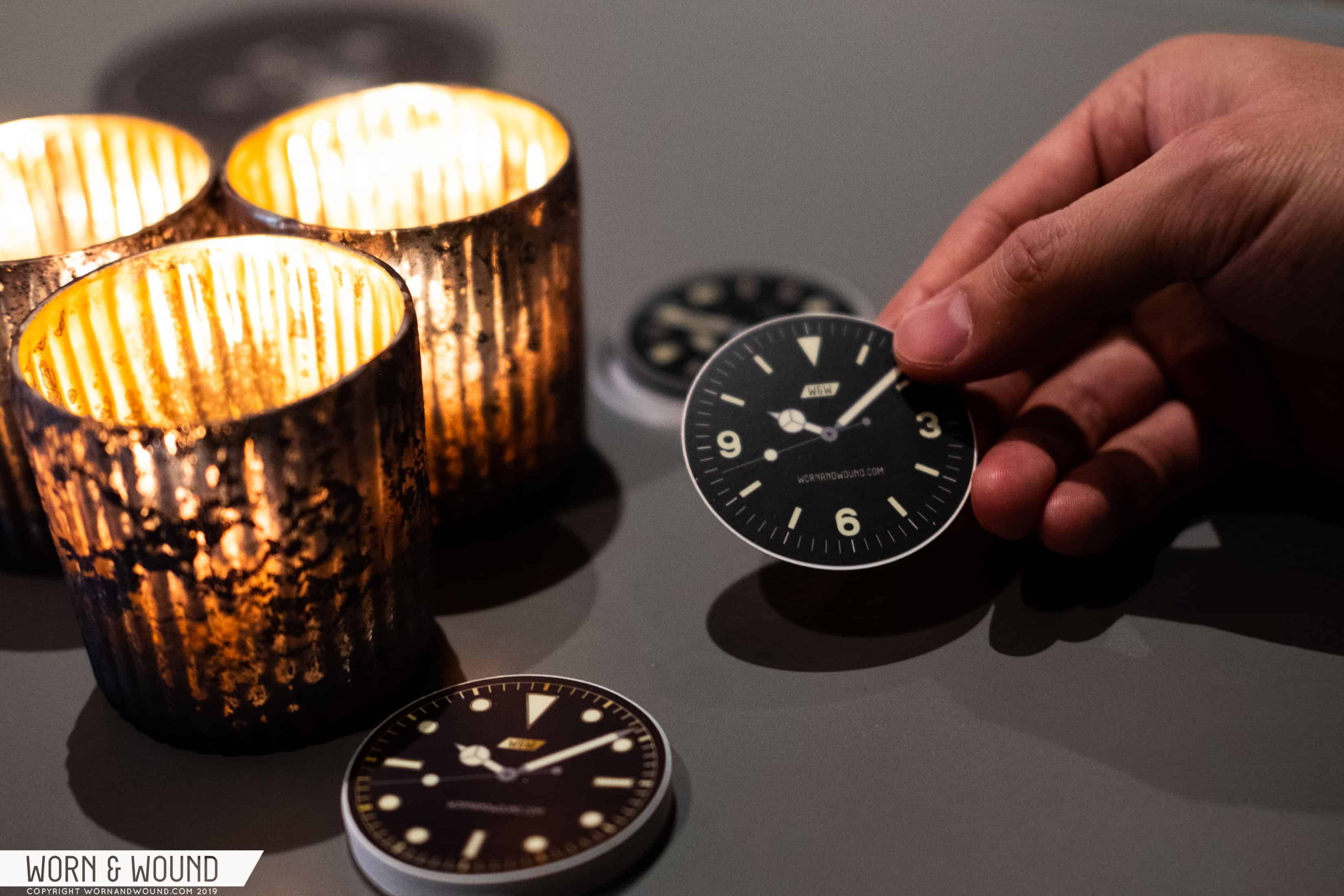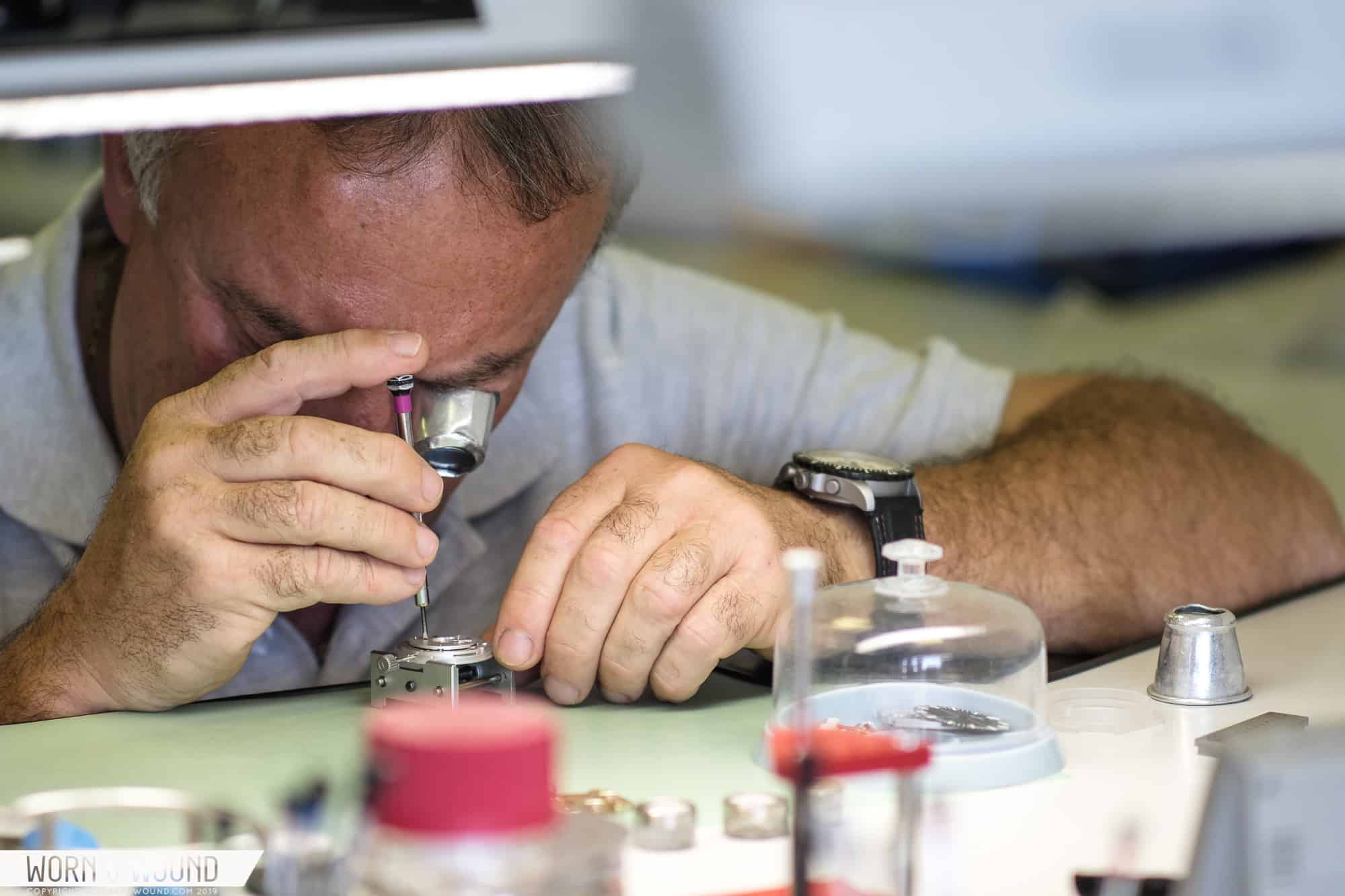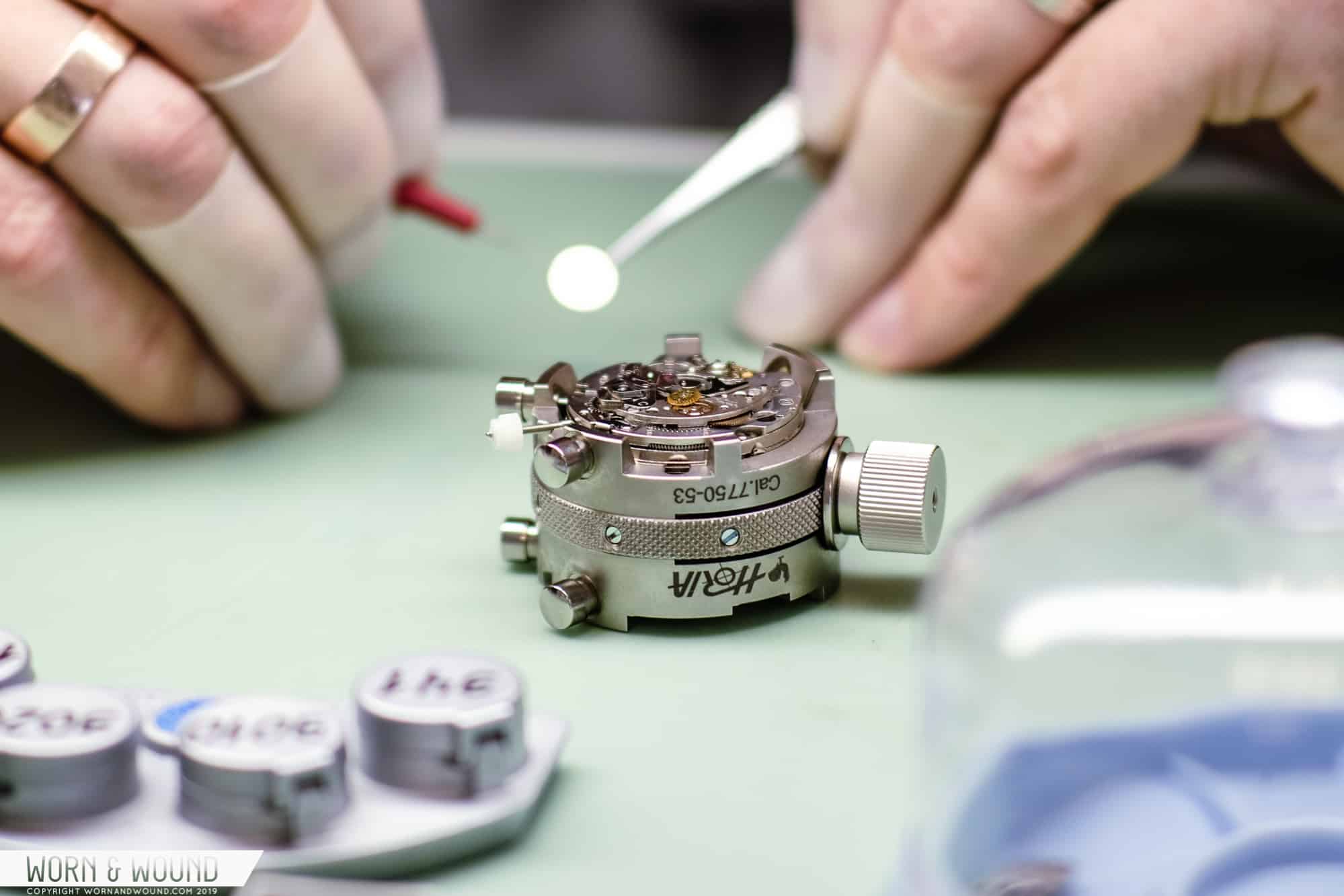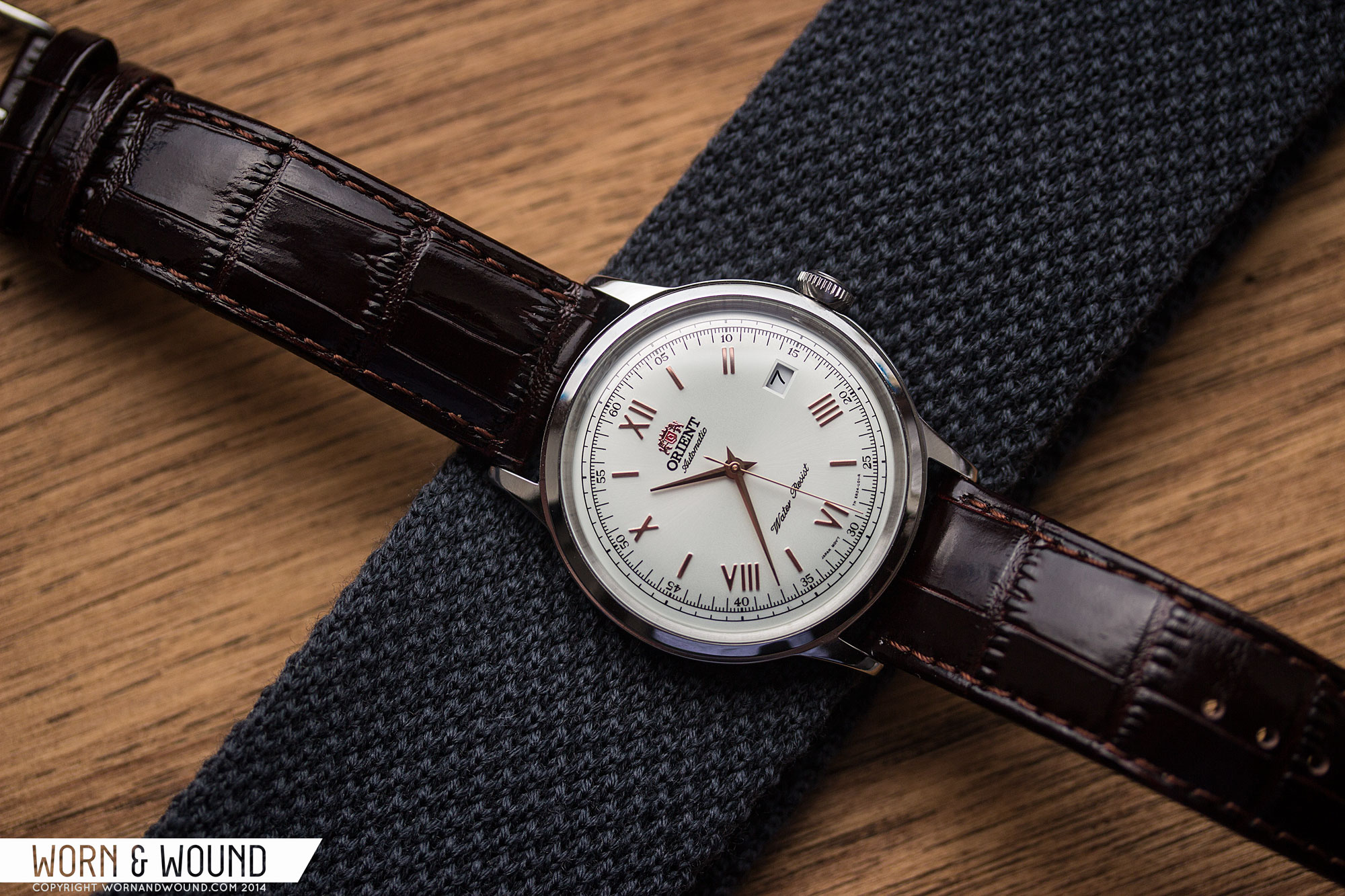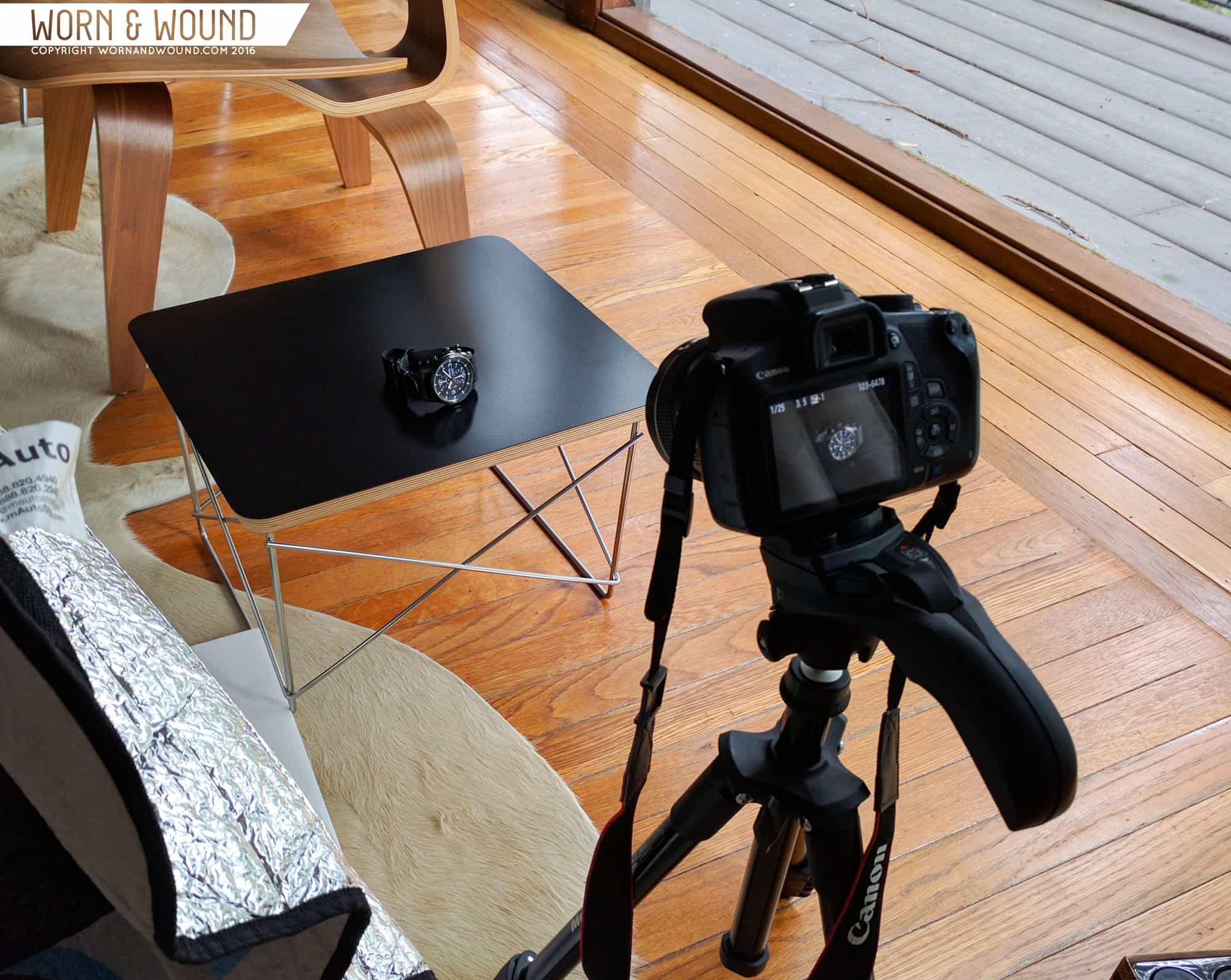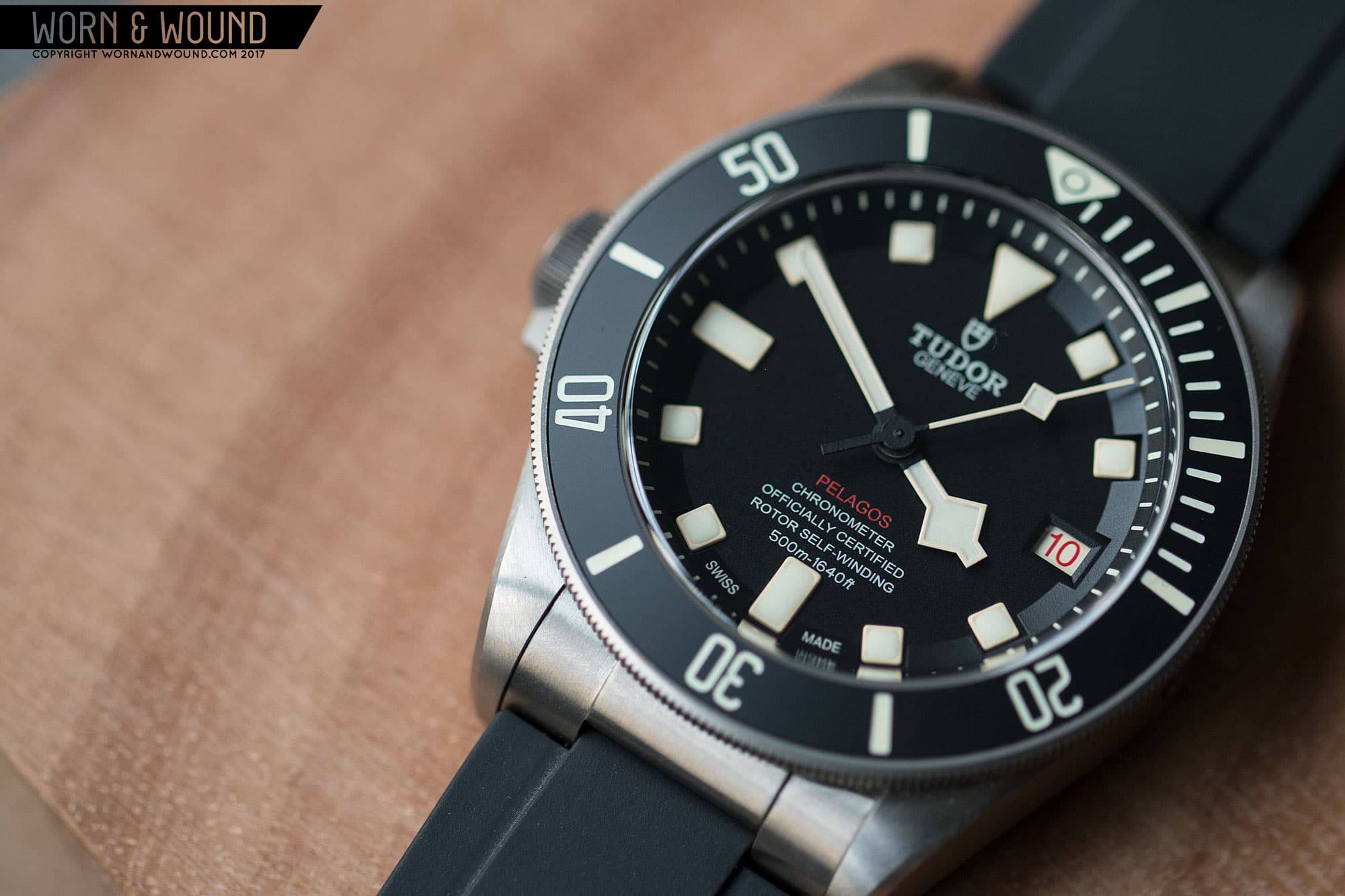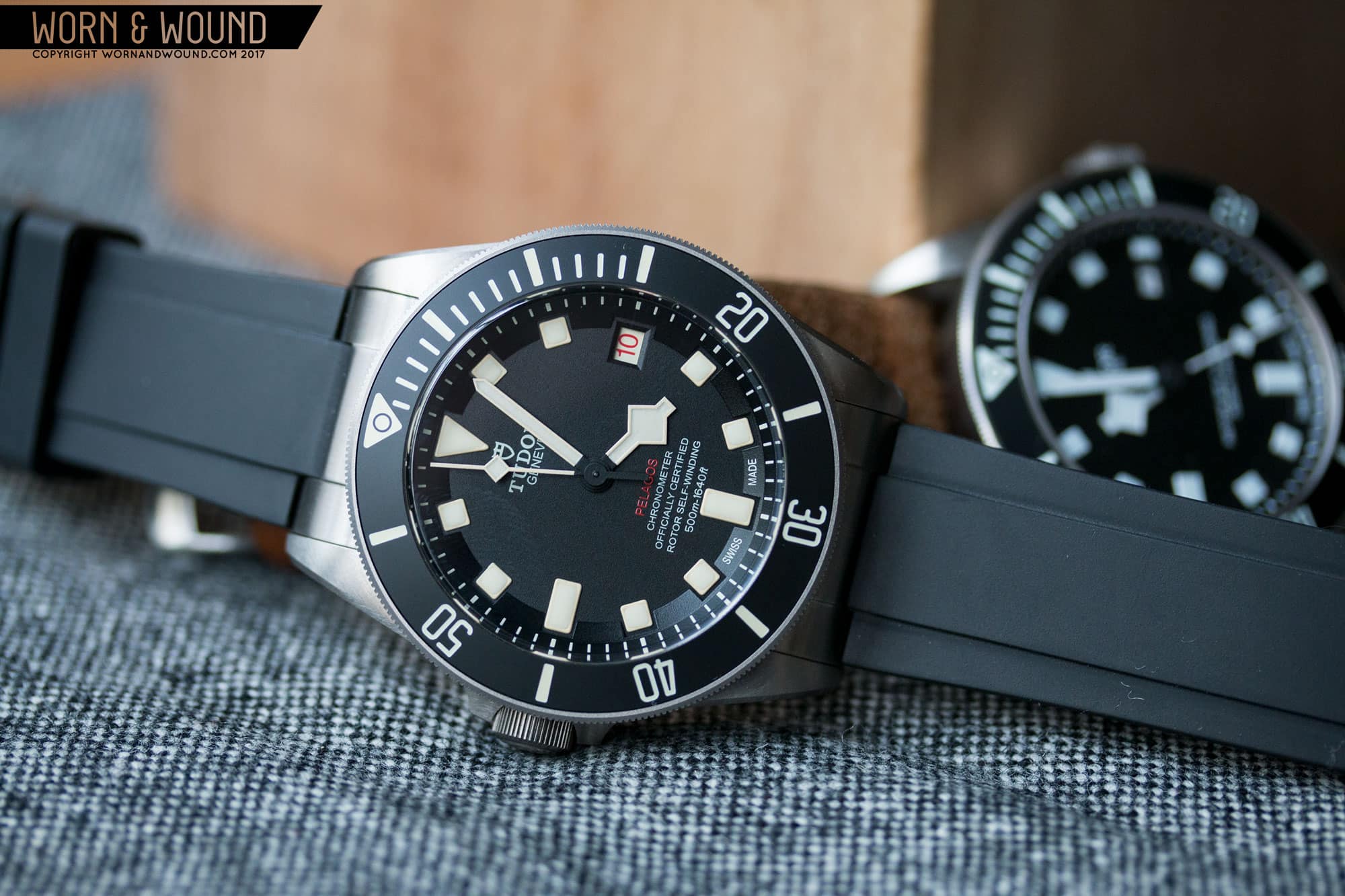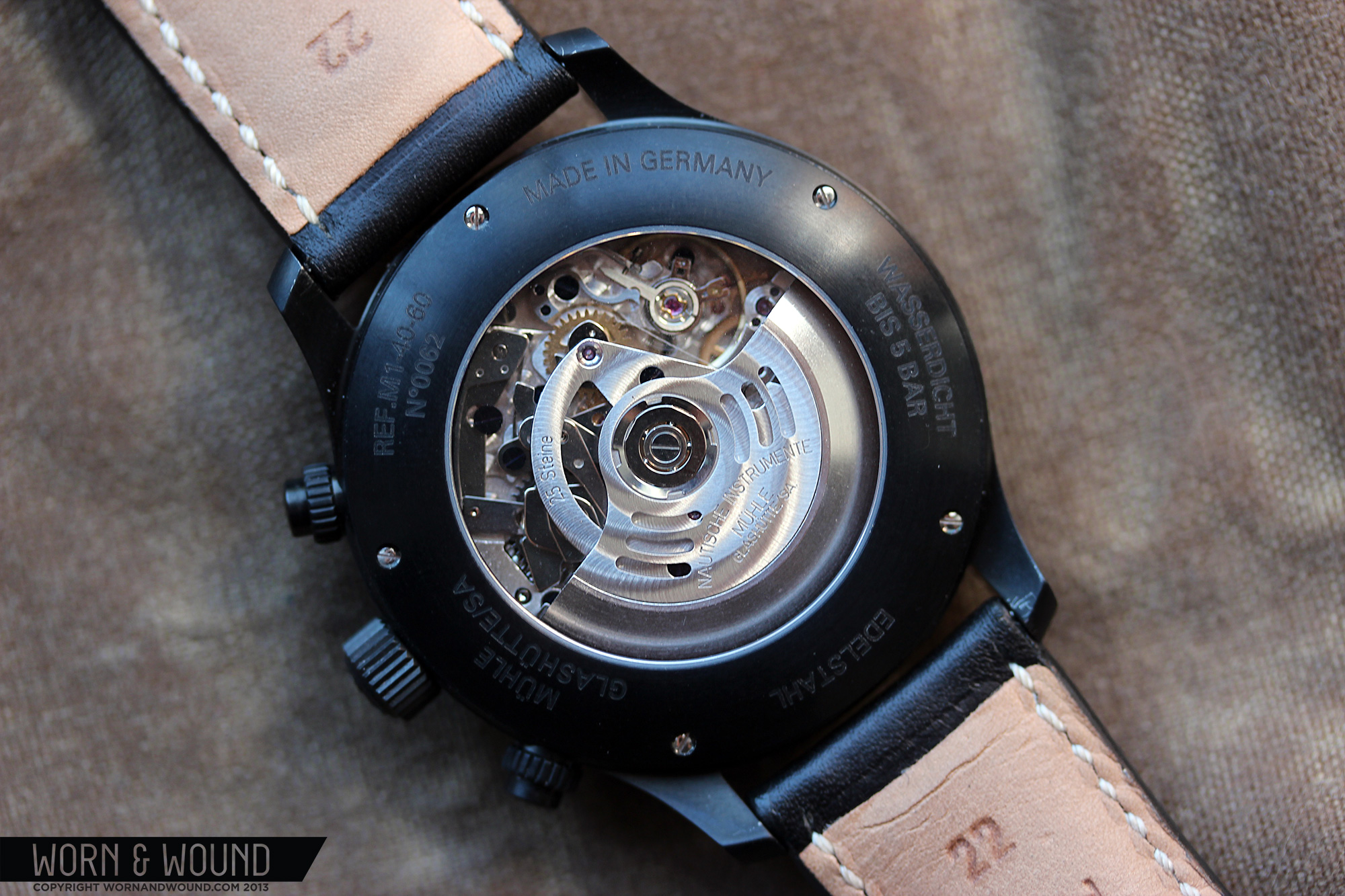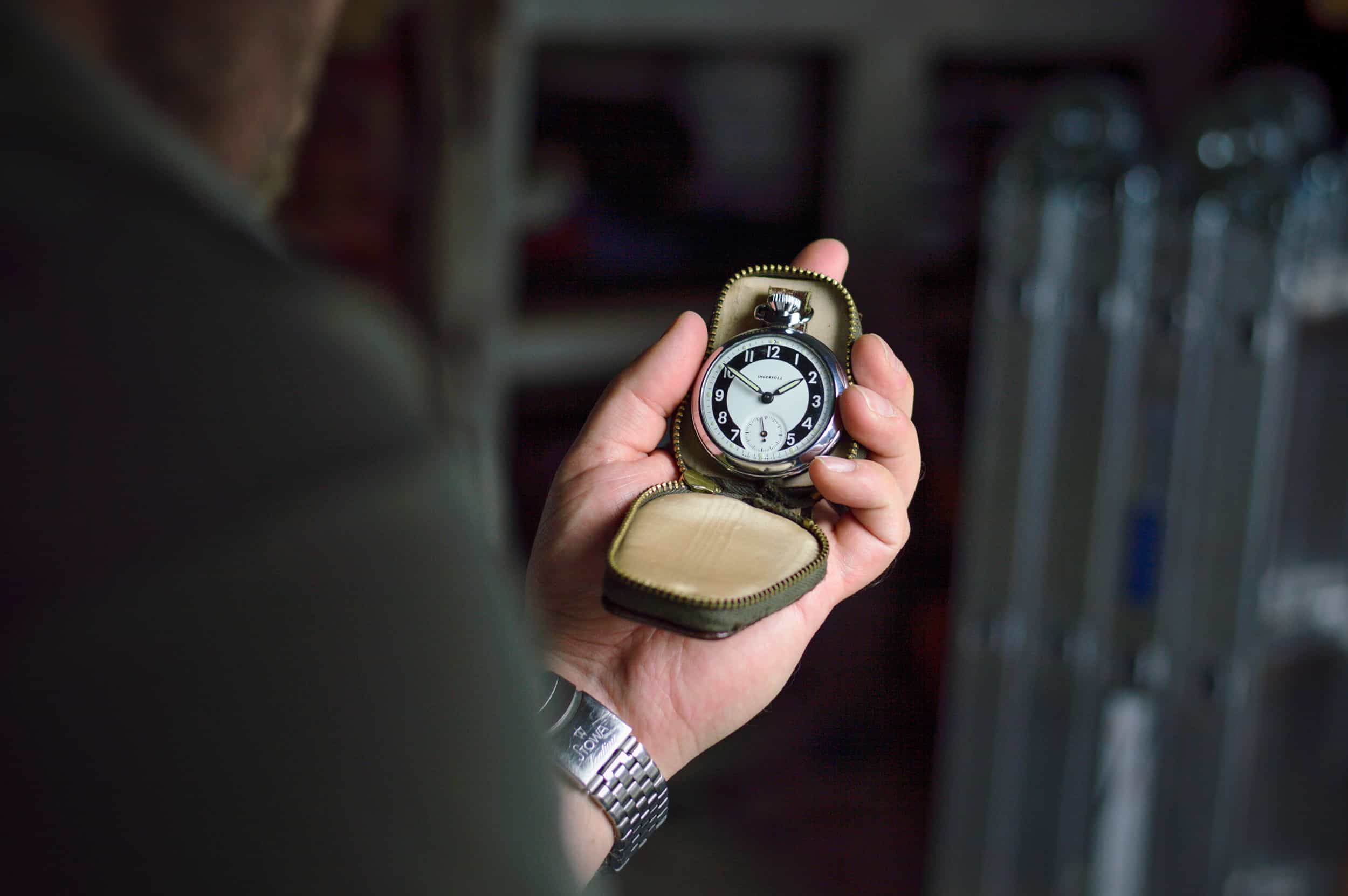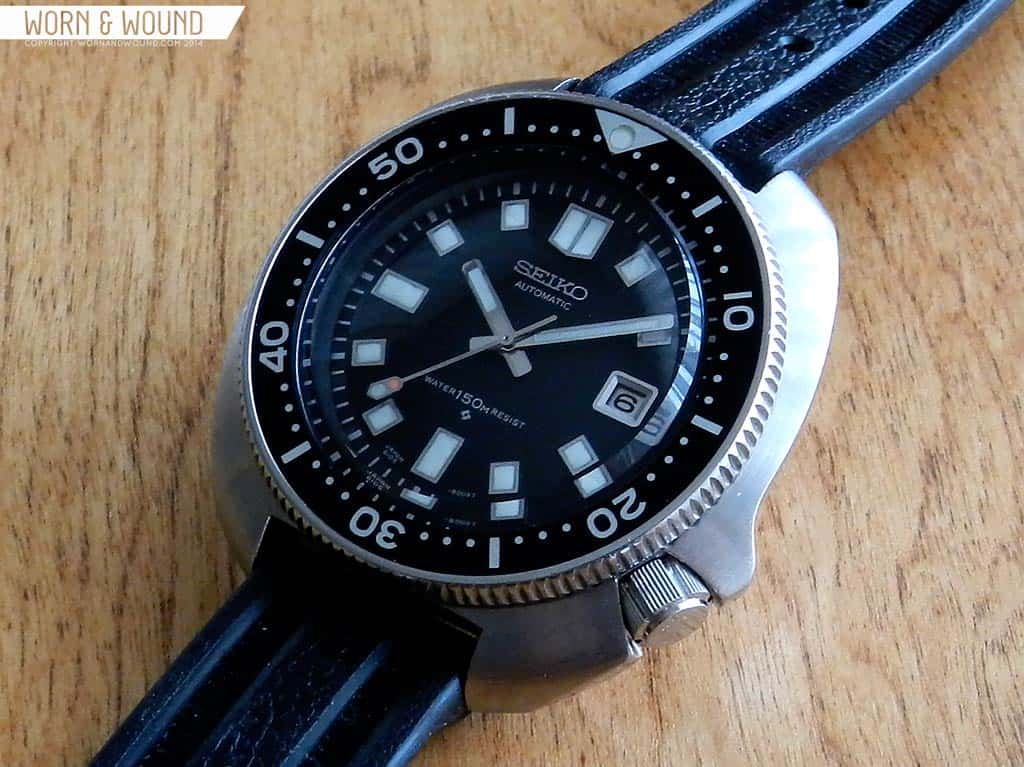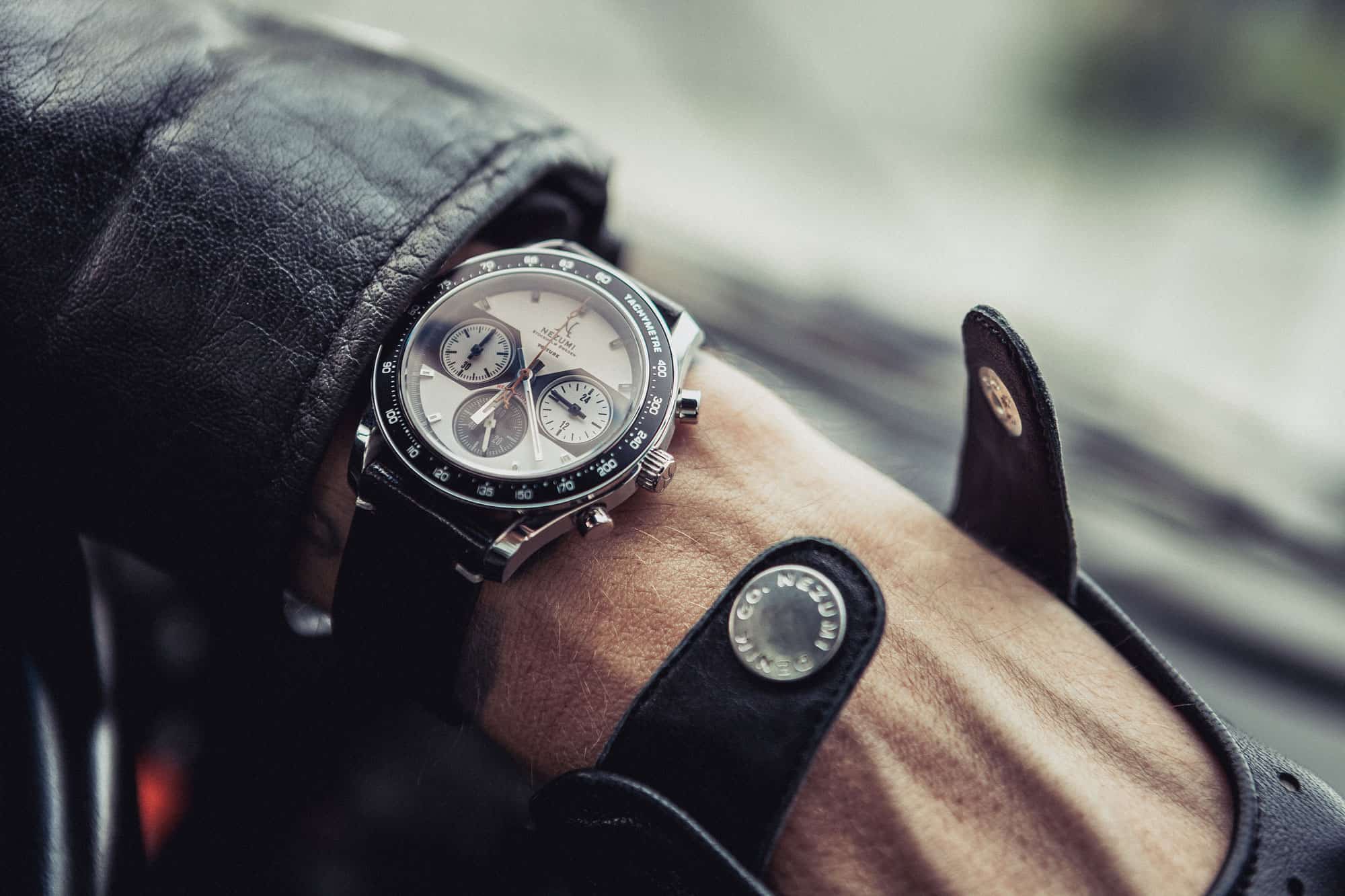Zach Kazan
![]()
I have a small confession to make: I’ve never been one to rely too heavily on watch reviews in my own purchasing decisions. I figured out fairly quickly in this hobby that there’s no substitute for actually handling a watch yourself, and a careful study of measurements and photographs is often more helpful to me personally than another enthusiast’s subjective opinion. Now, that’s not to say I don’t immensely enjoy reading the reviews my colleagues at Worn & Wound and writers for other websites and blogs dutifully slave over. I’m always interested to hear someone’s take on a new (or old) watch, and enjoy reading reviews as part of a steady diet of watch related content that I consume on a daily basis. But just as a negative review of the new Fast and the Furious movie will never keep me away from the theater, positive reviews of watches rarely have me reaching for the credit card when I wouldn’t otherwise be predisposed to buying the thing.
But there are exceptions to every rule, and Zach’s review of the Tudor Pelagos LHD in the spring of 2017 is one of them. Now, I was already thinking about buying this watch, having been a fan of the original Pelagos. As a lefty, the idea of a destro watch had always been appealing, and this review’s highlighting of all the downright strange quirks inherent with the LHD (the red text, the roulette date wheel, the numbered caseback) put me over the edge and it wasn’t long after reading it that I began searching for my own. I eventually found one, loved it, sold it, and bought it again. It’s on my wrist now as I type, and while I can’t guarantee it’ll be in my collection forever, it certainly speaks to what I enjoy about modern watches now, in 2021. It’s a solid and robust sports watch with a modern Swiss movement, and is just a little bit strange in its details. Oh, and a clasp with on-the-fly adjustment makes it perfect for hot summer days and high sodium meals.
![]()
The aspect of this review that really struck me back in 2017, and still resonates, is the photography. Specifically, it was the fact that this was the first time I had seen good photos of the Pelagos LHD on the rubber strap. I confess to not wearing the watch a whole lot on rubber, but the way it was captured without it’s bracelet in those review images really highlights the case lines in a way that hadn’t been presented to me before, and it made the whole package a lot more appealing. That’s a thread that I see run through so many Worn & Wound reviews: this publication really understands that images are part of the review, and go hand in hand with how a writer tells the story of a watch.
It’s also written from the point of view of an enthusiast who understands that a watch at a roughly $4,000 price point is a major purchase not to be taken lightly, and that’s a perspective I always felt was missing from watch media at around this time, Worn & Wound being the notable exception. I’ve always felt a sense reading Worn & Wound reviews that they’re written by normal people who simply love watches and are ready to approach each timepiece on its own terms, regardless of price point. That’s important, because watches are uniquely weird in that something with an exceptionally high price doesn’t always equal a product of correspondingly high quality, and the inverse is obviously true as well. Frank and honest appraisals of a watch in my mind are a Worn & Wound hallmark, and I can see that in the Pelagos LHD review, and so many others.









 Featured Videos
Featured Videos




